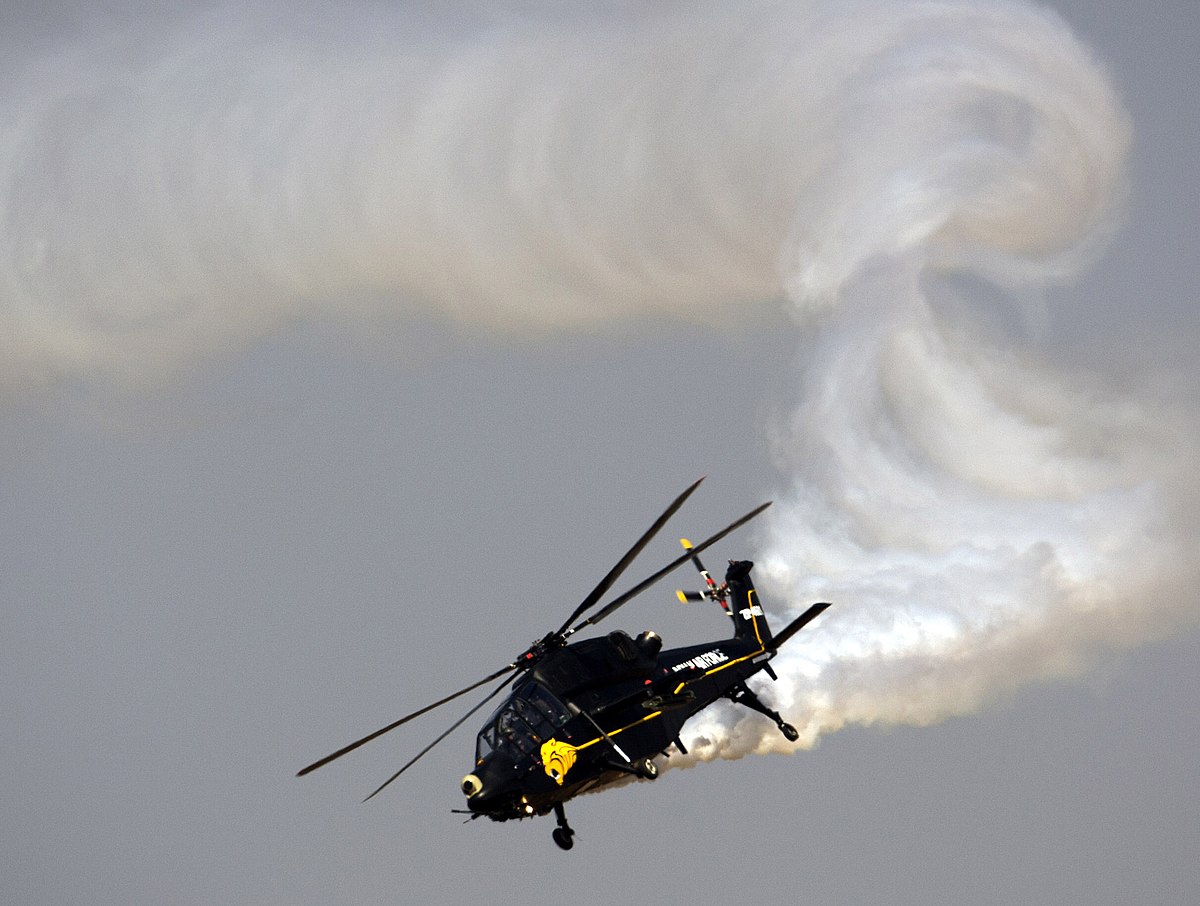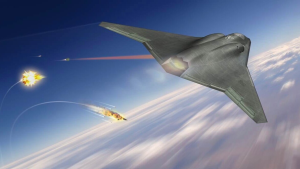India’s Missing Military-Industrial Complex
Sensing the overall strategic environment of South Asia, there is a rising need to reflect upon the military-industrial complex of India in the backdrop of significant military challenges posed to this giant of South Asia. The recent Sino-India clashes in the rugged terrains of Ladakh warrant an overhaul of the major defense industry. Several structural constraints are bedeviling India’s domestic defense sector. From logistics to supply chains, the process is marred with regular delays and a lack of technology assessment and evaluation to incorporate the new developing technologies in building new weaponry. India’s current strategic planning and defense acquisition suffer a shortage of processes to chart requirements and incorporate a realistic estimation of technology and capabilities while developing a roadmap.
Bureaucratic apathy and lack of focus have rendered the defense sector unable to leverage skills as an IT-ES (Information technology-Enabled Services) powerhouse. In stark contrast, China has increasingly made use of such technology and equipment in its exercises, thus potentially realizing the impact of this technology on operations. China’s development of complex systems is exhibited by its remarkable progress in the systems engineering process. Indian records, however, are not dismal either. Post Pokhran II in 1998, DRDO and its private sector partners deployed a complete range of Prithvi and Agni strategic missiles by 2012. However, it is yet to develop a well-established domestic military-industrial complex with a tiered vendor base.
The defense acquisition process is ridden with narrow long-term planning and lethargy. It has hindered the development of a robust defense industrial base. Indigenous Akash Surface-to-air missile system formed in 2008 through the collaboration of multiple firms and the government sector was presumed to jumpstart the supply chain process. New orders, however, did not come until 2019, a decade later. Such delays kill supply chains and impede the development of a defense ecosystem around products. Moreover, India has taken seventeen years to move beyond RFP (request for proposals) to build indigenous diesel-electric submarines.
Serial production of Tejas Light Combat aircraft faced delays, and it took nineteen years for orders to be placed for the fighters after its first flight. Nonetheless, the rare and much-appreciated success has been noted in the BrahMos missile and its successful integration with Sukhoi aircraft, with an Indian startup executing the integration design analysis. Various arms of the armed forces such as infant artillery, armor, air defense still lack a secure tactical communication network, marring the prospects for creating theatre commands to integrate the three bigger arms of the armed forces.
Furthermore, an undertaking of China’s giant strides in developing offensive cyber capability and its repercussions for India is conspicuously absent. It requires sufficient capability to ward off potential threats and create room for Indian certified secure products. There is an urgent need for a professional and permanent acquisition agency with industry experience and access to expertise to participate and facilitate Acceptance of Necessity (AON) processes. AON is the very first stage of a defense contract. Additionally, it requires bringing the private sector on board to develop the Indian defense ecosystem.
Building upon this, it requires simple and transparent rules, competitive skills, and the endorsement of the government of India to attract substantial investment from foreign defense contractors. India requires a vibrant defense industrial base with multiple domestic and international players engaged in healthy partnerships and competition to provide the best weaponry for the armed forces. Also, a new vision incorporating a clearly articulated defense export policy should be the hallmark of any plan. India needs a thorough re-evaluation of its defense sector priorities to a robust military-industrial complex to attain strategic autonomy.







